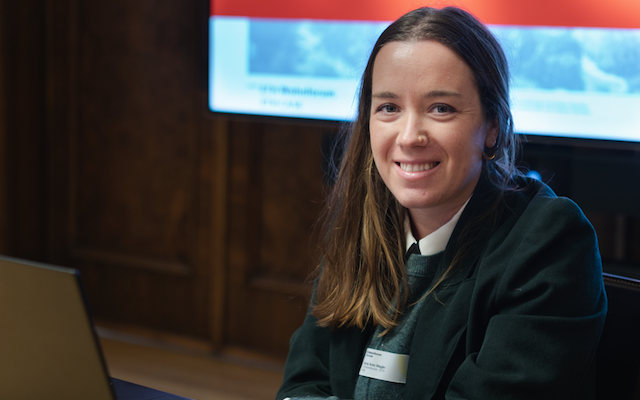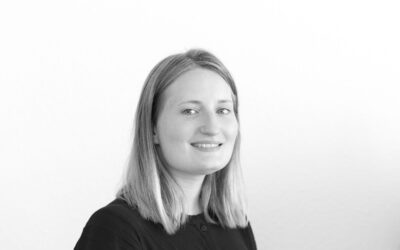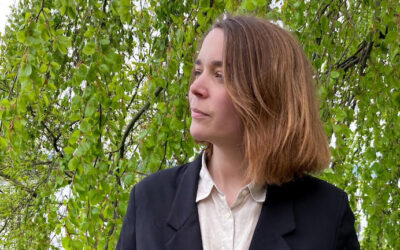The Daylight Award Community
Victoria Soto Magan

FEATURE
What does daylight mean to you?
I have a hybrid background in architecture and environmental design, and for me, daylight is important for various reasons: it may not only visually modify a space by creating contrast or reflections, but it can also make your work environment more pleasant, as well as give comfort and provide safety. What is even more important, it has the power to make you feel well by entraining your biological rhythms.
How did your interest in the subject rise?
From an architectural standpoint, it was the lessons learnt from vernacular building systems combined with a broader understanding of modern architecture, including examples from Richard Neutra, Alvar Aalto, Le Corbusier and Luis Barragán, that sparked and fueled my interest in daylight.
How do you work with daylight in your research?
My current work is embedded in a broader framework that focuses on the development of a new general urban plan for the city of Sarajevo. Evidence-based simulations, such as daylight, are used to perform quantitative and qualitative assessments to inform the decision and policy-making processes on different planning scales. Additional climatic data is collected using a mobile research laboratory to create a digital twin of the city, where daylight acts as a crosslinked and intertwined topic in the digital planning scenarios. In particular, my research explores the effects of daylight exposure on human comfort and well-being by means of understanding the role of urban morphology for daylight provision in outdoor public spaces.
Which project/publication describes your work the best?
My doctoral thesis, in which I investigated the cause-effect relationship between indoor daylight exposure and daytime human functioning (alertness, attention and arousal) in order to gain a better understanding of the role of architectural design in daylight provision, but from a psycho-physiological perspective.
According to you, what is the most important focus for the future?
We have evolved to create a 24-hour, chrono-disrupted society that spends most of its time indoors, where access to daylight is often limited or neglected. There is, in my opinion, a lack of true awareness of what our daily routines consist of in terms of light exposure, and hence greater effort should be done to that aim with the goal of accurately characterizing individual light doses. Following that path, building design should adapt to merge “old” knowledge with new concerns from the brain and human physiology, ushering in what some authors have already referred to as the new era of “lighting quality 2.0”.









